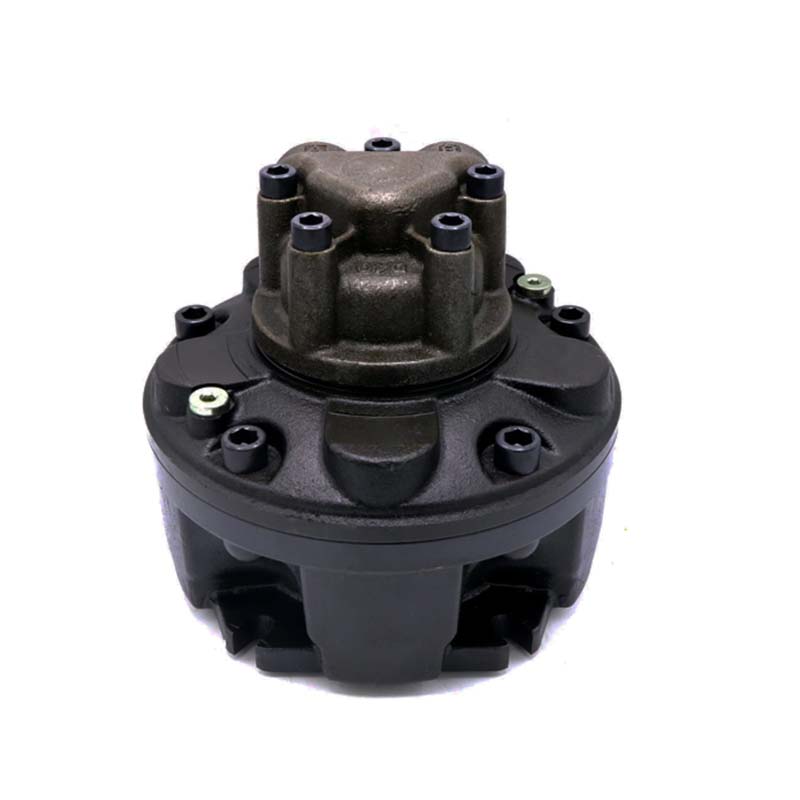Reducing Energy Losses in Hydraulic Motors
To reduce energy (pressure) losses in a hydraulic motor, consider the following approaches:
1. optimize system design: Properly design the hydraulic motor and related components to ensure smooth operations and minimize energy losses due to friction, misalignment, and unnecessary bends in the hydraulic circuit.
2. Select appropriate components: Choose hydraulic components with suitable specifications, such as pressure ratings, materials, and dimensions. This can help improve system efficiency and reduce energy losses.
3. maintain lubrication: Proper lubrication can decrease friction and wear between moving parts in the hydraulic motor, thus reducing energy losses. Use the recommended lubricants and adhere to recommended maintenance intervals.
4. Monitor and control system pressure: Regularly monitor and adjust hydraulic system pressure to ensure optimal operational conditions. Over-pressurization or system fluctuations can increase energy losses.
5. Regular maintenance: Perform regular maintenance and inspections to identify and address potential system issues, such as leaks, worn seals, or damaged components. Early detection and repair can help minimize energy losses and prolong the life of the hydraulic motor.
6. Implement energy-efficient technology: Consider upgrading to more energy-efficient hydraulic motor designs or incorporating energy recovery technologies, which can help reduce overall energy consumption and operating costs.
By following these approaches, you can effectively reduce energy (pressure) losses in a hydraulic motor and improve system efficiency and performance.
Saivs brand
- Tail gate Tailgate power unit
- rexroth 4wrze10 4wrze16 4wrze25 4wrze32 series electro-hydraulic proportional directional valve
- Gear pumps series NSH50M
- V10 V20 Vickers Series Single Vane Pumps
- Counterbalance Valves CBBA
- Counter Balance Heavy Electric Stacker
- A2FE Axial piston fixed motor
- High Quality Eaton Vickers V2010 V2020 Series Hydraulic Vane Double Pump Oil Rotary Pump
- AZPW series Rexroth Gear Pumps
- GM3 Series Hydraulic Radial Piston Motor
